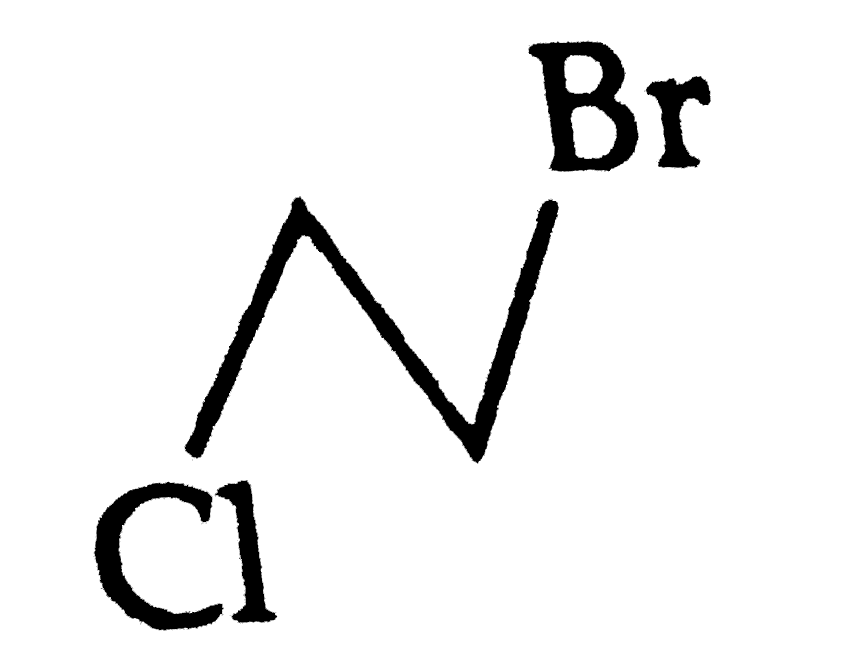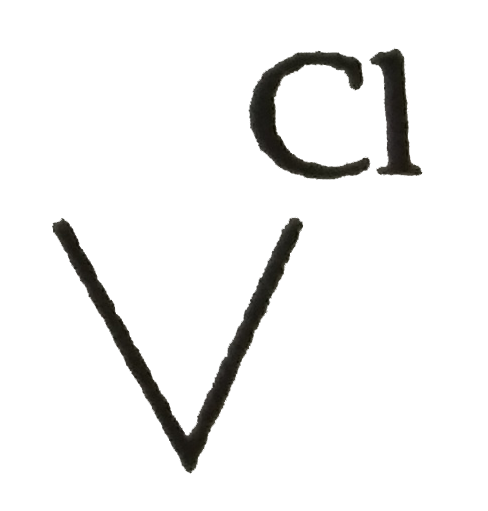The compound which does not contain an asymmetric carbon atom is
Glycoaldehyde
Glyceraldehyde
Glucose
Galactose
The correct Answer is:A
To determine which compound does not contain an asymmetric carbon atom, we need to understand what an asymmetric carbon atom is. An asymmetric carbon atom (also known as a chiral carbon) is a carbon atom that is attached to four different groups or atoms. This gives rise to two non-superimposable mirror images, known as enantiomers.
Let's analyze the given compounds one by one:
1. Glycoaldehyde: This compound has the structure HCO-CHOH-CHO. It contains one carbon atom that is attached to four different groups (H, OH, CHO, and CH2O), making it asymmetric.
2. Glyceraldehyde: This compound has the structure CH2OH-CHO-CHOH. It also contains one carbon atom that is attached to four different groups (H, OH, CHO, and CH2OH), making it asymmetric.
3. Glucose: This compound has multiple carbon atoms, but it has at least four asymmetric carbon atoms in its structure (C2, C3, C4, and C5). Therefore, glucose is asymmetric.
4. Galactose: Similar to glucose, galactose also has multiple carbon atoms and contains four asymmetric carbon atoms in its structure.
Now, looking at all the options, we can conclude that:
- Glycoaldehyde and Glyceraldehyde both contain asymmetric carbon atoms.
- Glucose and Galactose also contain asymmetric carbon atoms.
However, upon reviewing the structures, we find that Glycoaldehyde is the simplest compound and does not have an asymmetric carbon atom.
Thus, the answer is Glycoaldehyde.
Step-by-Step Summary:
1. Understand what an asymmetric carbon atom is (a carbon attached to four different groups).
2. Analyze each compound:
- Glycoaldehyde: Contains one asymmetric carbon atom.
- Glyceraldehyde: Contains one asymmetric carbon atom.
- Glucose: Contains four asymmetric carbon atoms.
- Galactose: Contains four asymmetric carbon atoms.
3. Conclude that Glycoaldehyde is the compound that does not contain an asymmetric carbon atom.
- Glucose and Galactose also contain asymmetric carbon atoms.
1. Understand what an asymmetric carbon atom is (a carbon attached to four different groups).
2. Analyze each compound:
- Glycoaldehyde: Contains one asymmetric carbon atom.
- Glyceraldehyde: Contains one asymmetric carbon atom.
- Glucose: Contains four asymmetric carbon atoms.
- Galactose: Contains four asymmetric carbon atoms.
3. Conclude that Glycoaldehyde is the compound that does not contain an asymmetric carbon atom.
Topper's Solved these Questions
- BIOMOLECULES AND POLYMERBOOK - ERRORLESS CHAPTER - BIOMOLECULES AND POLYMEREXERCISE - Ordinary Thinking (Proteins , amino acids and Enzymes)
121 Videos
- BIOMOLECULES AND POLYMERBOOK - ERRORLESS CHAPTER - BIOMOLECULES AND POLYMEREXERCISE - Ordinary Thinking (Fats and Lipids)
27 Videos
- ANALYTICAL CHEMISTRYBOOK - ERRORLESS CHAPTER - ANALYTICAL CHEMISTRYEXERCISE - JEE Section (Only One Choice Answer)
36 Videos
- CARBOXYLIC ACID AND THEIR DERIVATIVESBOOK - ERRORLESS CHAPTER - CARBOXYLIC ACID AND THEIR DERIVATIVESEXERCISE - Jee Section (Matrix Match type Questions)
2 Videos
Similar Questions
Knowledge Check
Which of the following has asymmetric carbon atoms ?
A B
B C
C D
D
Which of the following has asymmetric carbon atom
ACH2−Cl−CH2−BrBCH3CH(COOH)CH2CH3CCH3CHCl3DCH3CHOWhich of the following contain asymmetric carbon atom –
ACH3−CH2−CH2−BrBCH3−CH∣−CH∣Br−CH3CCH3−CH2∣Br−CH−CH3DBoth B & C
Which of the following have asymmetric carbon atom?
View SolutionWhich of the following have asymmetric carbon atom?
View SolutionAn organic compound (A) C5H10O2 reacts with Br2 in presence of phosphorus to give (B). Compound (B) contains an asymmetric carbon atom and yields (C) on dehydrobromination compound (C) does not show geometrical isomerism and on decarboxylation gives an alkene (D) which on ozonolysis gives E and F. Compound (E) gives positive Schiff test but (F) does not.

View SolutionAn organic compound (A) C5H10O2 reacts with Br2 in presence of phosphorus to give (B). Compound (B) contains an asymmetric carbon atom and yields (C) on dehydrobromination compound (C) does not show geometrical isomerism and on decarboxylation gives an alkene (D) which on ozonolysis gives E and F. Compound (E) gives positive Schiff test but (F) does not.
Identify correct structure of A:
View SolutionAn organic compound (A) C5H10O2 reacts with Br2 in presence of phosphorus to give (B). Compound (B) contains an asymmetric carbon atom and yields (C) on dehydrobromination compound (C) does not show geometrical isomerism and on decarboxylation gives an alkene (D) which on ozonolysis gives E and F. Compound (E) gives positive Schiff test but (F) does not.
Find out structure of D :
View Solution
